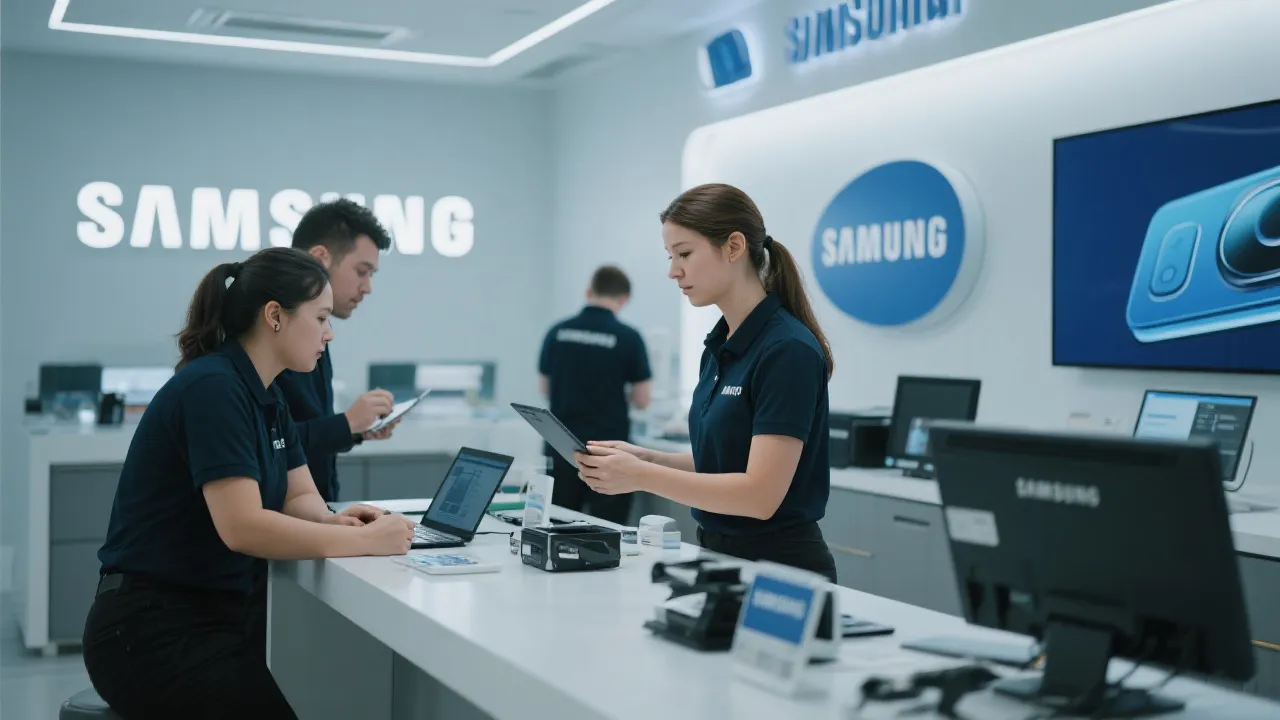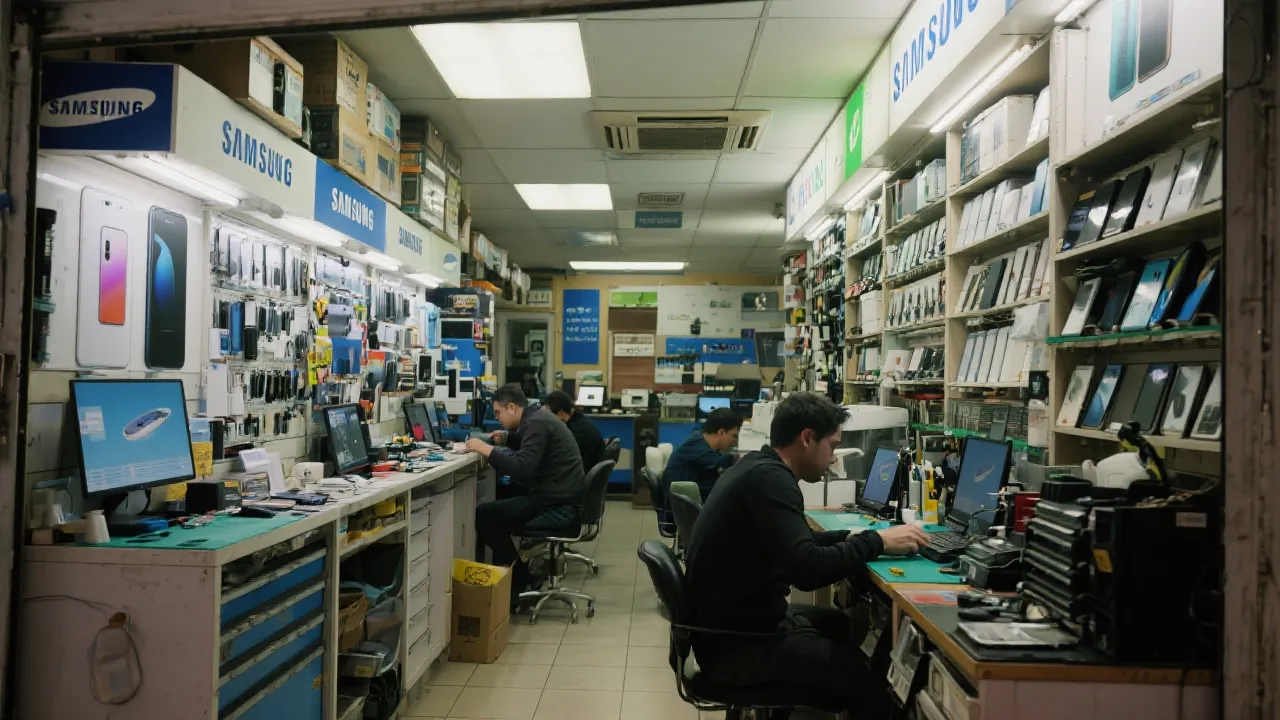Maximizing Your High-Speed Internet: A Complete Guide
Navigating the world of high-speed Internet can be complex, but with the right guidance, you can maximize connectivity and ensure a smooth online experience. This comprehensive guide walks you through selecting service providers to tweaking your setup for optimal performance.

Understanding Your Internet Needs
Before you dive into choosing a service provider or plan, understand your personal or household Internet usage patterns. Consider the following:
Intensity of Usage
: Light browsing, heavy streaming, gaming, and professional use all demand different speeds. Align your plan with these requirements.Number of Devices
: More simultaneously connected gadgets may require greater bandwidth to maintain high-speed access.Download and Upload Requirements
: High-resolution video calls and online gaming benefit from fast downloads and uploads.
Choosing a High-Speed Internet Provider
The choice of provider is crucial. Different areas may have varying providers, each with its policies and service qualities.
Research Providers
: Look into which Internet Service Providers (ISPs) serve your region and compare their packages.Speed Tiers
: Evaluate the speeds offered and try to match them to your needs, allowing for future growth.Data Caps
: See if there are any limits to the amount of data you can use each month.Reliability
: Read customer reviews about the providers' service stability and customer support.Contracts and Fees
: Be aware of any term contracts, early cancellation fees, or rental fees for equipment.
Understanding Internet Speed Metrics
Knowing what Internet speed metrics mean can help you make an informed decision:
Mbps
: Megabits per second, the standard measure for bandwidth.Ping
: The reaction time of your connection—how quickly your device gets a response after you've sent out a request.Latency
: Similar to ping, it's the delay before a transfer of data begins following an instruction.Jitter
: The variability in ping response times and a big factor in video call quality.
Installation and Setup
Once you've chosen a provider, consider whether professional installation is needed or if a self-install kit is available and adequate. Here's what to know during setup:
Router Positioning
: Place your router in a central location, avoid obstructions and keep it away from thick walls and metal objects.Wired Connections
: Where possible, use wired (Ethernet) connections for devices that require high-speed stable Internet.Update Firmware
: Always have the latest firmware on your router to ensure performance enhancements and security updates.
Optimizing Your Connection
With everything installed, there are steps you can take to get the top out of your connection:
Secure Wi-Fi Network
: Always protect your Wi-Fi network with a strong password and security protocol.Network Extenders or Mesh System
: Use Wi-Fi extenders or a mesh network system to expand the range of your Wi-Fi if you have a large home.Limit Background Apps
: Applications running in the background on your devices can consume bandwidth; ensure they're turned off if not needed.Use Modern Hardware
: Devices using older Wi-Fi standards (e.g., 802.11g) won't be as fast. Devices using Wi-Fi 5 (802.11ac) or Wi-Fi 6 (802.11ax) standards enable quicker speeds and better performance.Schedule Heavy Downloads
: If your ISP softens speed during peak times or you have many devices on your network, you might want to schedule downloads for off-peak hours.
Troubleshooting Slow Speeds
If you're not getting the speed you were promised, it might be time for some troubleshooting:
Restart the Router
: Sometimes all your router needs is a simple reboot.Check Different Devices
: If speed issues are restricted to one device only, the issue might be with the device and not your connection.Check All Cables and Connections
: An overlooked loose cable can be the culprit.Run Speed Tests at Different Times
: Monitoring your speeds can help identify patterns and point to specific causes related to drop-offs.Consult Customer Support
: If problems persist, reach out to your ISP. There may be coverage issues or hardware that needs replacement.
Planning for the Future
With an ever-growing need for speed, consider these good strategies:
Regular Review of Plans
: Check newly available plans annually to see if there's a better fit for your needs - technologies and markets change rapidly.Invest in Good Quality Equipment
: Quality hardware can outlive your current service agreement and provide better service for a more extended period.
Legal Considerations and Final Words
In selecting an ISP, ensure you're fully aware of any legal terms involved:
Service Agreements
: Familiarize yourself with service level guarantees, and know your rights should the provider fail to deliver agreed-upon speeds.Data Monitoring
: Be cognizant of the quantity and categories of data that are allowed to traverse your provider's network.
Choosing the right Internet provider and setting up your system need not be an overly technical chore. By putting in the necessary preliminary research, securing a good deal and proper hardware, anyone can establish a reliable and efficient audience experience. Treat these tips as a starting point, keeping in mind the value of consistent revisitation to adapt to future technological increments for the very optimized high-speed Internet experience.
-
1

Ultimate Feast for the Eyes: Top Cooking Shows Every Foodie Must Watch!
-
2

Maximize the Lifespan of Your New Dental Implants with Expert Care Tips
-
3

Ascending with Ease: The Revolutionary Journey of Stair Lift Technology
-
4

Maximizing Your Walk-In Tub's Lifespan: The Ultimate Guide to Enhanced Performance and Durability
-
5

Unlock Bigger Savings: Master the Art of Using Your Gas Rebate Card!










